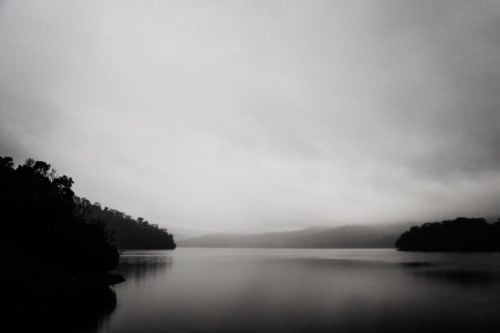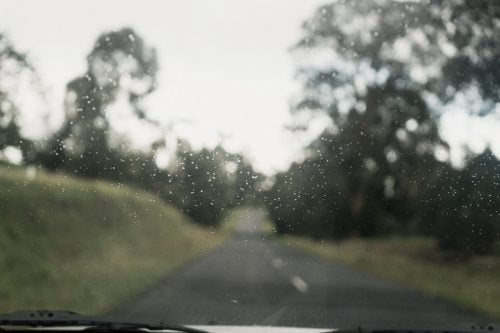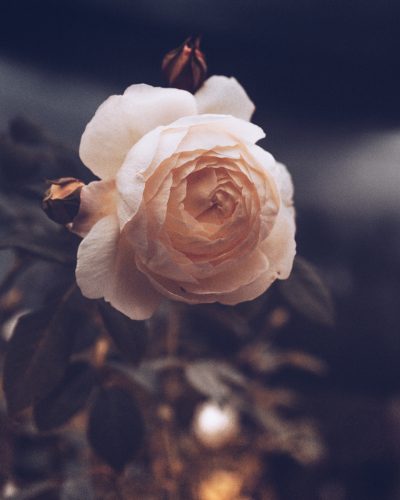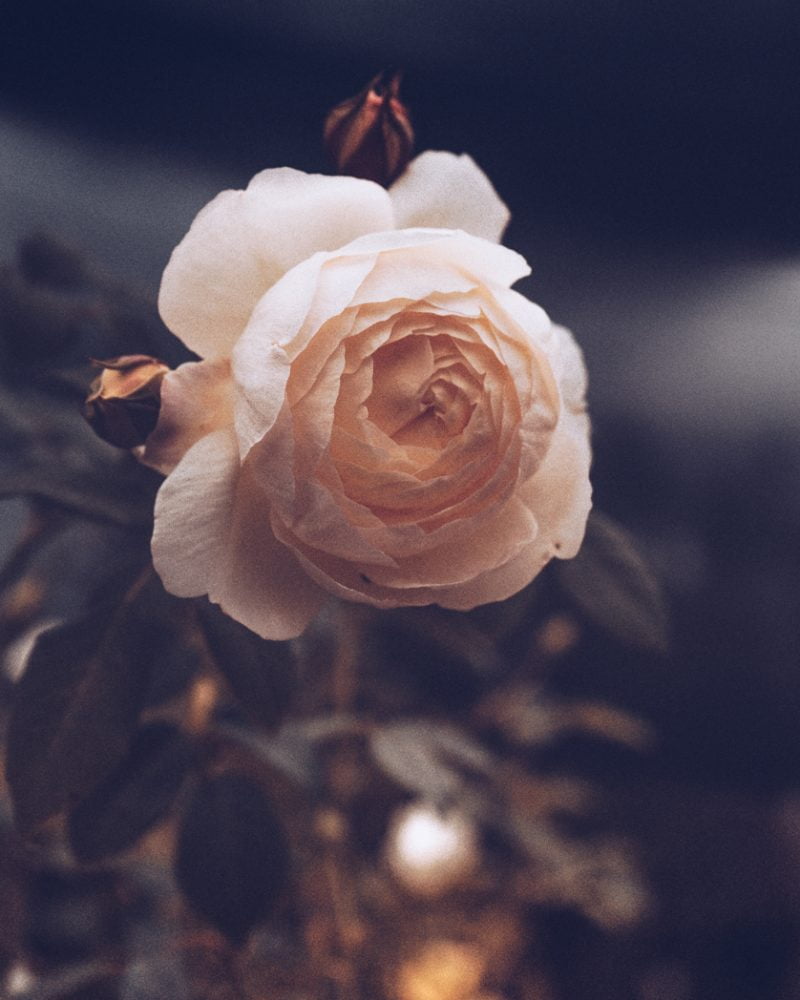Recently I wrote about being drawn to film photography – the warmth, the imperfection and the hands-on nature of shooting it.
From this, I’ve been thinking more and more about the individual nature of photos taken with film. Each one truly is a moment in time. The light, the reactions of the film, the variations of chemicals and the unpredictability all come together to make each photo completely unique, a snapshot that can never be captured exactly the same way again. In this, the photo itself becomes part of the memory – tangible proof that that time and place existed but also temporary in that it can never be replicated.
I love this idea. In many aspects, photography has become a lost art form. While digital photography and the addition of cameras to smartphones have given a creative voice to many who never would have thought themselves a photographer before, it’s also taken away a lot of the careful consideration, patience and thought that went into creating an image. When we can take a hundred photos, review them instantly and take a hundred more, why would we take the time to get just one frame exactly right? In the pursuit of making things easier and more efficient, we often lose the magic.
I am a digital photographer by nature. I started with film when that was the only option but it was digital photography, and that very ability to review and adjust as I shot that made me better at my craft. But I also want to capture that transitional nature of film – creating something that exists only once. I wanted to find that magic again through a digital medium.
Here are some of the ways I’ve been experimenting:
Choosing the right subject
I’ve been focusing on shooting in the moment, capturing things that exist, rather than setting up a subject as I would with conceptual or still life work. I’ve been looking for the light, falling just so before the sun moves and it’s gone. For weather that comes and goes, creating temporary beauty. I spent an hour walking through the rain on the weekend, capturing misty landscapes that only occur in those conditions. I shot butterflies, backlit by the morning sun before they had their fill of the lavender and flew away. All of these things existed only briefly and will never happen the same way again.

Choosing different shooting modes and methods
I generally shoot in manual mode because I like the control it gives me but in this case, letting go of some of that control is part of the experience. I’ve been experimenting with aperture priority mode, and sometimes even auto to let the camera itself have input into the way the image turns out. I’ve also been setting my focus to manual and deliberately shooting in and out of focus. My aim is always to capture how the moment feels, rather than accurate documentation and I’m finding that the photos that are technically imperfect are often my favourites.

Editing in layers
I’ve been applying editing techniques that feel similar to painting. This has looked like adding layers of adjustments and textures, sometimes across several editing programs. In this way, the layers all interact with each other differently, and sometimes quite unpredictably, depending on how they are added. I make a point not to document how I’ve created each effect because I want each image to be unique and each artistic process to be a part of the experience of that particular picture.

While none of these techniques completely mimic the film photography experience, for me, they have been creating a similar enough aesthetic to capture the elements that I’m drawn to. I’m actually really enjoying the act of interpreting exactly what it is that I find so beautiful in analogue photography and finding new ways to work that into my practice, making it uniquely my own form of expression.
